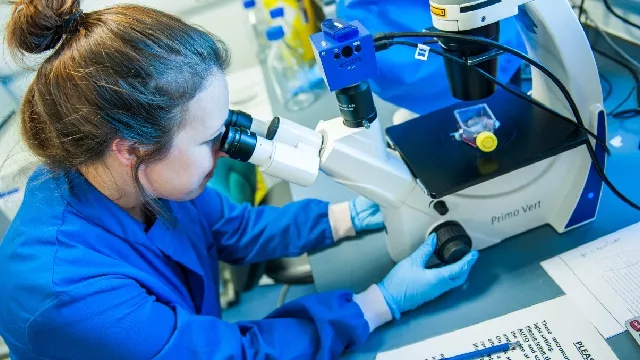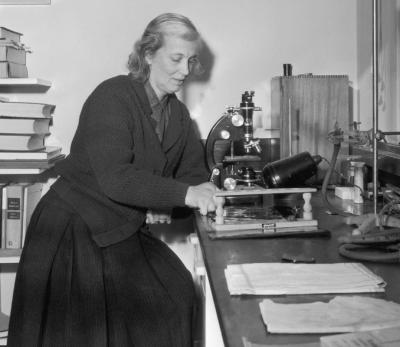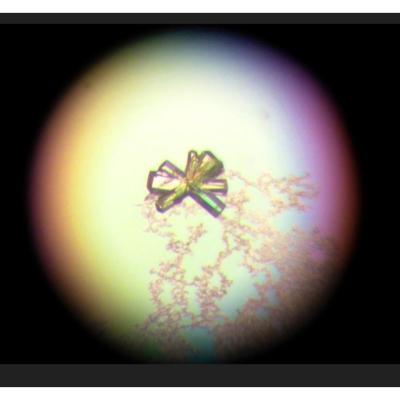
Our researchers have discovered – for the first time – that the shape of our DNA has an important job in controlling how much insulin we make. The findings could help scientists to develop new drugs that target DNA to help people with type 2 diabetes, gestational diabetes or rarer types of diabetes to make enough insulin.
The new findings are the latest in over a century of insulin exploration.
The discovery of insulin in 1921 was one of the greatest medical breakthroughs in history, which went on to save millions of lives around the world. It is now an essential part of diabetes treatment, helping people living with diabetes manage the condition day in and day out.

Getting to know insulin: An odyssey
We’ve known insulin for over a century now, but that doesn’t mean we know everything about it. In fact, scientists have never stopped building new understandings about what insulin looks like, how it works and how it’s affected in people with diabetes.
Fifteen years after insulin was first discovered, Professor Dorothy Hodgkin started to figure out the structure of insulin using X-ray crystallography, a method of working out what proteins (such as insulin) look like at an atomic level. By 1969, after decades of painstaking work, she’d discovered its 3D shape for the first time.
Professor Hodgkin’s finding paved the way for scientists to be able to produce manmade insulin in the lab. The synthetic insulin soon replaced the first generation of insulins used by people with diabetes, which came from pigs and cows. It was safer and could be mass-produced, which enabled more people to have access to the life-saving treatment.

Crystal clear on DNA structure and insulin
Now our scientists have made another big discovery about insulin using improved crystallography techniques. Dr Zoë Waller from University College London looked at the structure of a specific part of our DNA that controls how much insulin is made by switching insulin genes on or off.
The structure of DNA usually looks a bit like a twisted ladder, called a double helix. While this is the most iconic image of DNA, other shapes of DNA can also exist.
Using a special solution, Dr Waller’s team grew tiny crystals on a special type of DNA in the insulin gene, which allowed them to see its 3D structure for the first time. They discovered the DNA can fold into different shapes, for example a clumpy, knot-like structure. And that different DNA shapes can change how the insulin gene functions and how much insulin is made.
This discovery is important because it shows that DNA shape matters in controlling insulin production. Knowing this could lead to new ways to design medicines that target specific DNA shapes and help people with type 2 diabetes, gestational or genetic forms of diabetes make the right amount of insulin.
Dr Waller says:
“This research means that now we can use the shape of DNA to design molecules to bind these structures, which could be developed into drugs and potentially medicines.”
You can watch a full explainer of Dr Waller talking about her research.
Mikayla Hu, Research Communications Officer at Diabetes UK, says:
“This groundbreaking discovery is a powerful reminder that, even after over a century, we’re still uncovering new layers of understanding about insulin. Our research shows, for the first time, that the shape of DNA plays a crucial role in deciding how much insulin our body makes. The findings could open up exciting new diabetes treatment and prevention opportunities by targeting DNA to restore insulin production.”
